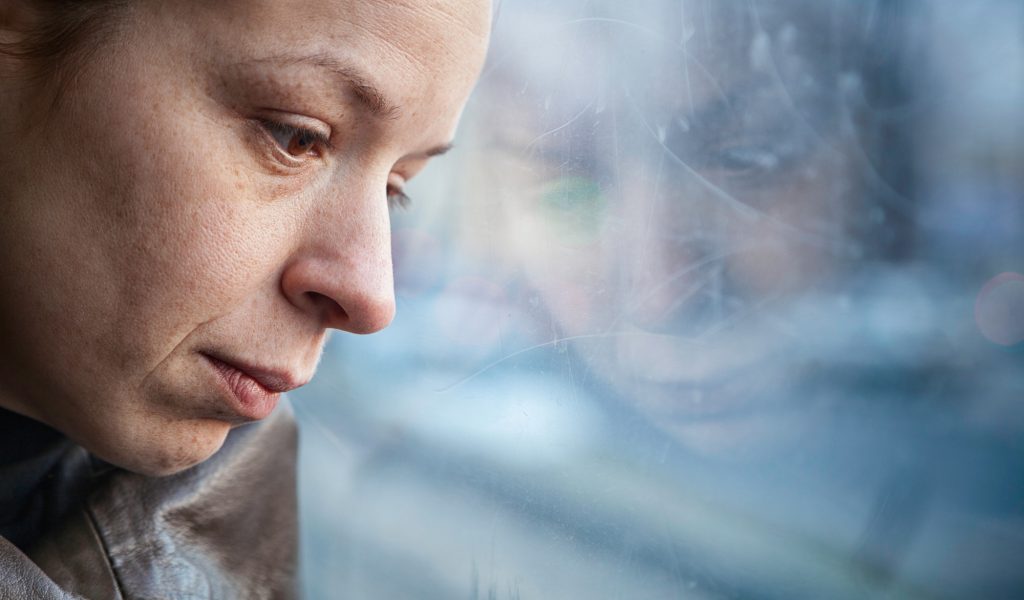Everyone feels sad from time to time and everyone gets stressed out, but ongoing symptoms of depression and anxiety could be a sign of a mental health disorder.
Depression and anxiety are often linked together, but the reality is that they’re two separate mental health disorders. However, determining the difference between depression and anxiety can be a challenge because they share very similar symptoms.
Are you interested in learning about the differences between anxiety and depression? If so, you’ve come to the right place. Here, we’re sharing everything about anxiety vs. depression, including symptoms, treatment, and more!
What Is Anxiety
Did you know that 40 million American adults suffer from anxiety disorders each year? Anxiety is the most common mental health disorder, and some different types of anxiety disorders are listed below:
- generalized anxiety disorder
- panic disorder
- social anxiety disorder
- phobias
- separation anxiety
The most common symptoms of an anxiety disorder are excessive feelings of worry, muscle tension, feeling irritable, fatigue, difficulty concentrating, and restlessness. People who suffer from generalized anxiety disorder (GAD), which is the most common form of anxiety, often feel anxious or worried for seemingly no reason. This worry often interferes with their day-to-day life.
Learn about SSI for anxiety at the link!
What Is Depression
Depression is a mental health disorder that may involve feeling hopeless, worthless, and like you’re constantly under a dark cloud. Someone who suffers from depression may feel extreme sadness, loss of enjoyment, irritability, and fatigue.
Some common types of depressive disorders are listed below:
- major depressive disorder (MDD)
- persistent depressive disorder (dysthymia)
- premenstrual dysphoric disorder (PMDD)
Depression can be caused by a variety of factors including environmental factors, genetics, biological factors, and situational factors. Anyone can suffer from depression.
Common Treatments
When it comes to treating anxiety and depression, there are several different methods of treatment. Both of these mental health disorders are treatable, regardless of if they occur together or separately.
- Psychotherapy: Talk therapy can help improve symptoms of both anxiety and depression. Cognitive-behavioral therapy (CBT) helps clients recognize negative thoughts or behavior patterns.
- Medication: Selective serotonin reuptake inhibitors (SSRIs) are medications that are helpful for both anxiety and depression.
- Self Care: Self-help interventions are a good place to start when dealing with symptoms of depression and anxiety. Eating a healthy diet, getting exercise, and getting enough sleep can all help improve symptoms of both of these disorders.
These are the most common and effective ways of treating both anxiety and depressive disorders. It may take a combination of therapy, medication, and self-care to fully treat certain cases of anxiety and/or depression.
Know Anxiety vs. Depression
These mental health disorders affect tens of millions of American adults each year, so if you think you’re suffering from one of them, you’re far from alone. Anxiety and depression are often interlinked, but the two are actually separate mental health disorders. Now that you’re aware of the differences between anxiety vs. depression, you can be more knowledgeable about these common disorders.
Did you find what you were looking for in this article? If you did, be sure to check out the rest of our posts about all things health.
Read more: Panic Attack vs Anxiety Attack: Is There a Difference?

